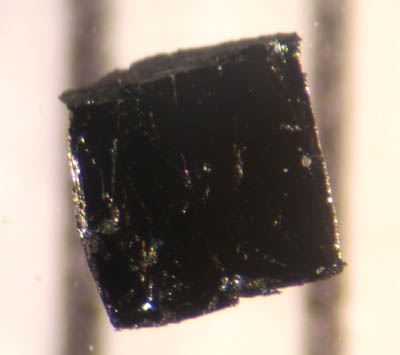Superconductivity
- Introduction to Superconductivity
- Theoretical Foundations
- Types of Superconductors
- Superconducting Materials
- Superconducting Phenomena
- Superconducting Devices
- Superconductivity and Quantum Computing
- Challenges in Superconductivity
- Future of Superconductivity
- Case Study: Superconductivity in Energy Sector
- Case Study: Superconductivity in Medical Field
- Case Study: Superconductivity in Transportation
Types of Superconductors
High-Temperature Superconductors

Materials that behave as superconductors at unusually high temperatures.
High-temperature superconductors (HTS) are a significant area of study within the field of superconductivity. Unlike conventional superconductors, which only exhibit superconductivity at extremely low temperatures, HTS can operate at comparatively higher temperatures, often in the range of liquid nitrogen (-196°C or 77K).
Cuprate Superconductors
Cuprate superconductors were the first discovered HTS and have been a focal point of research since their discovery in 1986. These materials are layered structures, with each layer consisting of copper oxide. The superconducting properties arise from these copper oxide planes. The most well-known cuprate is YBa2Cu3O7, often referred to as YBCO, which becomes superconducting below 92K. This was a significant discovery as it was the first material found to exhibit superconductivity above the boiling point of liquid nitrogen.
Iron-based Superconductors
Iron-based superconductors, discovered in 2008, are the second family of HTS. These materials are characterized by layers of iron and a pnictogen (elements of group 15, such as phosphorus or arsenic) or a chalcogen (elements of group 16, such as sulfur or selenium). The iron layers are responsible for the superconducting properties. The highest transition temperature in iron-based superconductors is around 56K in SmFeAsO1-xFx.
Theories and Models
The mechanism of high-temperature superconductivity is still not fully understood and is a topic of ongoing research. The BCS theory, which successfully explains conventional superconductivity, does not adequately describe HTS.
In cuprates, the "d-wave" pairing symmetry of the electron pairs (Cooper pairs) is a departure from the "s-wave" pairing found in conventional superconductors. Theories such as the RVB (Resonating Valence Bond) theory and spin-fluctuation models have been proposed to explain this phenomenon.
For iron-based superconductors, the "s±" pairing symmetry is unique, where the sign of the pairing potential changes between the electron and hole Fermi surfaces. Theories involving spin fluctuations are also proposed for these materials.
In conclusion, high-temperature superconductors have revolutionized the field of superconductivity, opening up possibilities for practical applications due to their higher operating temperatures. However, the complex nature of these materials and the lack of a comprehensive theoretical understanding makes them a fascinating and challenging area of study.